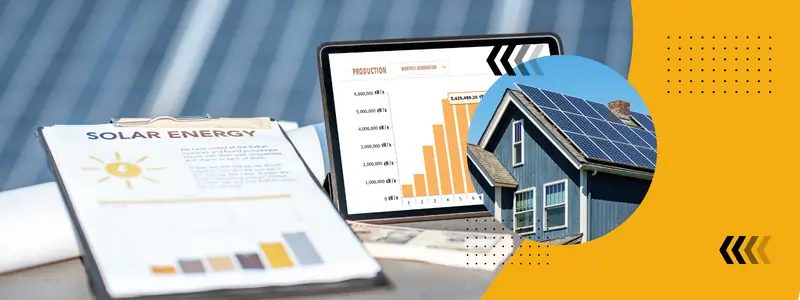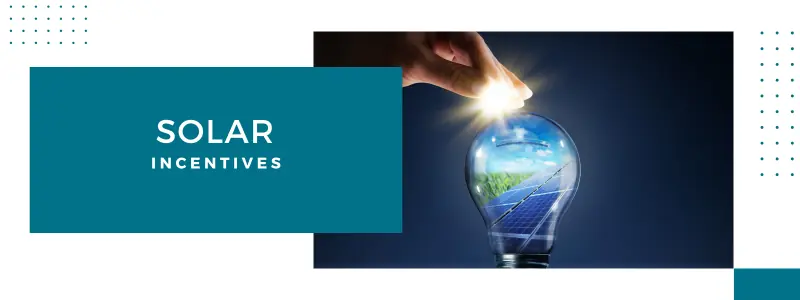Discover the Power of Solar Energy in Washington!
Welcome to Washington State, a place of breathtaking natural wonders, thriving green spaces, and a strong commitment to environmental stewardship. Nestled in the Pacific Northwest, Washington is embracing the immense potential of solar power to create a cleaner, more sustainable energy future. Despite its reputation for cloudy skies, Washington State receives a significant amount of solar radiation, making it an ideal location for harnessing the power of the sun. With advancements in solar technology and supportive state policies, more Washingtonians are discovering the benefits of solar energy. By investing in solar power, residents can reduce their reliance on fossil fuels, lower their energy bills, and contribute to the fight against climate change. Washington State offers a range of incentives and programs to encourage the adoption of solar energy, driving the demand for solar power across the state. Join the solar revolution in Washington and discover how you can make a positive impact on both your wallet and the environment, while preserving the state’s pristine natural beauty for generations to come.
Explore Your Rooftop's Solar Potential
Discover how much solar energy your rooftop can generate. Enter your address below:




